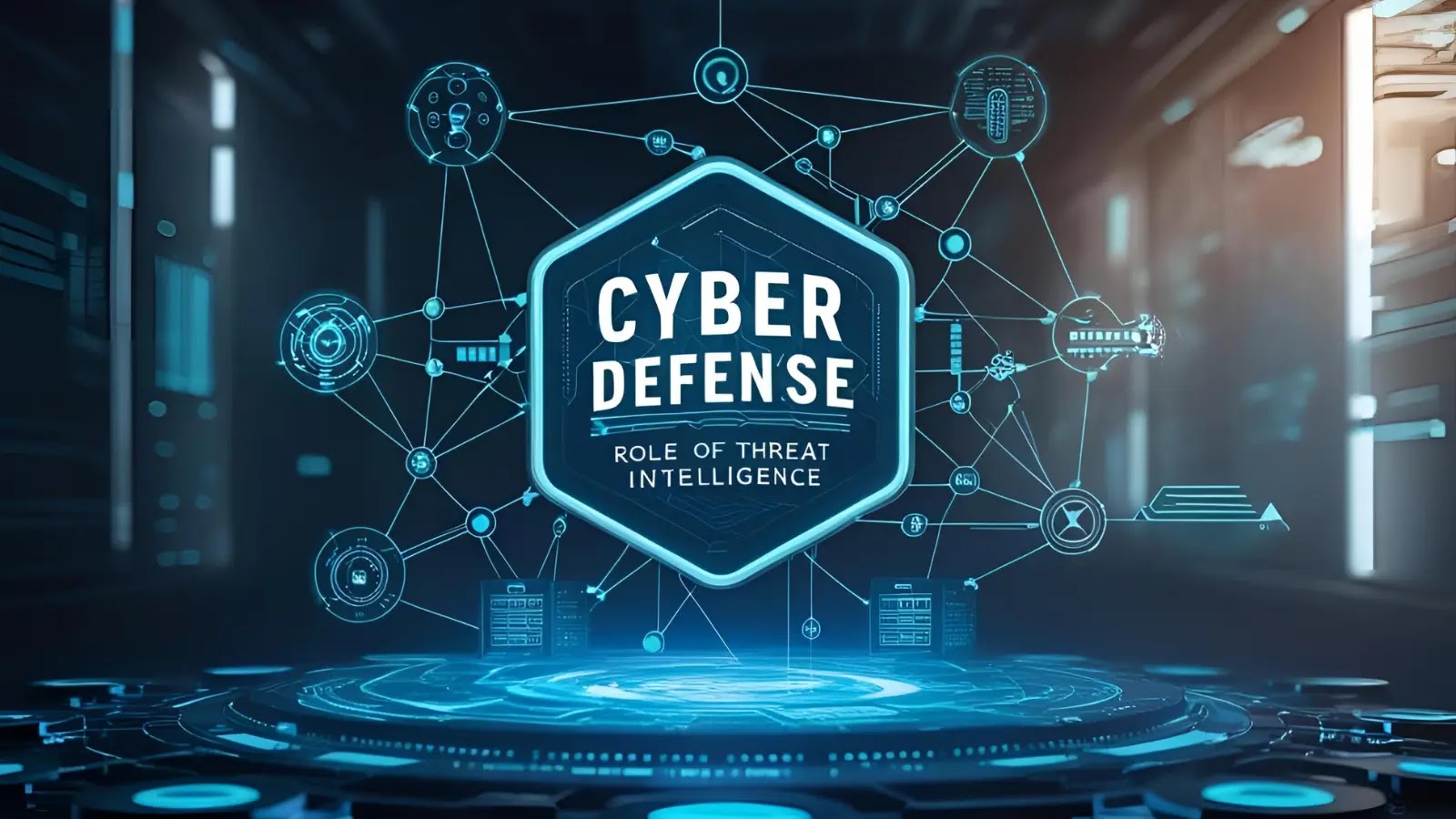In today’s digital era, organizations face an ever-evolving landscape of cyber threats that jeopardize their assets, reputation, and operational continuity. The escalating sophistication and frequency of cyberattacks necessitate proactive defense mechanisms. Threat intelligence has emerged as a pivotal tool, enabling organizations to anticipate, detect, and neutralize threats before they escalate.
Understanding Threat Intelligence
Threat intelligence involves the systematic collection, analysis, and dissemination of information regarding current and emerging cyber threats. Unlike generic security alerts, it provides context about threat actors’ motivations, capabilities, and targets, allowing organizations to prioritize risks and allocate resources effectively. For instance, strategic intelligence aids executives in evaluating geopolitical risks and regulatory changes, while technical intelligence equips IT teams with indicators of compromise (IoCs) such as malicious IP addresses or malware signatures. This multi-layered approach ensures that defenses evolve in tandem with attackers’ methods.
Applications of Threat Intelligence
Integrating threat intelligence into security operations offers several advantages:
1. Proactive Threat Hunting: Security teams can search for hidden threats using IoCs and behavioral patterns. For example, identifying a phishing campaign’s infrastructure allows preemptive blocking of malicious domains.
2. Enhanced Incident Response: During breaches, analysts use tactical intelligence to trace attack origins, contain damage, and eradicate threats. Real-time insights into ransomware tactics, techniques, and procedures (TTPs) can significantly reduce recovery time.
3. Informed Risk Prioritization: By mapping threats to business-critical assets, leaders can allocate budgets to protect high-value targets like customer data or intellectual property.
4. Adversary Emulation: Red teams simulate advanced persistent threats (APTs) using threat intelligence, exposing detection and response capabilities gaps.
5. Regulatory Compliance: Intelligence on industry-specific threats helps organizations align defenses with frameworks, avoiding penalties and reputational harm.
These applications demonstrate how threat intelligence bridges the gap between technical teams and executive leadership, fostering a unified security posture.
Building a Future-Ready Defense Strategy
To maximize the value of threat intelligence, organizations must integrate it into every layer of their cybersecurity architecture. Automated threat feeds should enrich Security Information and Event Management (SIEM) systems and firewalls, enabling real-time detection of IoCs. For example, integrating malware hash databases into endpoint protection tools can block zero-day exploits before they execute.
Cross-departmental collaboration is essential. Sharing anonymized threat data with industry peers and government agencies creates a collective defense ecosystem, weakening adversaries’ reach. Collaborative intelligence platforms allow sectors like finance or healthcare to pool resources against common threats. AI-driven analysis processes vast datasets to predict attack vectors by identifying vulnerable supply chain partners.
However, technological integration alone is insufficient. Organizations must cultivate a culture of continuous learning and adaptation. Regular training sessions, simulated attack exercises, and staying abreast of threat intelligence reports are crucial. This proactive stance ensures that security teams remain vigilant and prepared to counteract emerging threats.
Challenges in Implementing Threat Intelligence
Despite its benefits, implementing an effective threat intelligence program presents challenges:
1. Data Overload: The sheer volume of threat data can overwhelm security teams, leading to analysis paralysis.
2. Resource Constraints: Small and medium-sized enterprises (SMEs) may lack the financial and human resources to establish dedicated threat intelligence units.
3. Integration Issues: Ensuring that threat intelligence feeds seamlessly integrate with existing security infrastructure can be complex.
4. Timeliness: The rapidly changing threat landscape requires real-time intelligence, which can be challenging to obtain and act upon promptly.
Addressing these challenges necessitates a strategic approach, including leveraging automated tools, outsourcing to specialized vendors, and fostering partnerships for information sharing.
The Future of Threat Intelligence
As cyber threats continue to evolve, the role of threat intelligence will become increasingly critical. Advancements in artificial intelligence and machine learning will enhance the ability to analyze and predict threats, enabling more proactive defense strategies. Moreover, the integration of threat intelligence into broader business risk management frameworks will ensure that cybersecurity considerations are embedded into organizational decision-making processes.
In conclusion, threat intelligence is not merely a component of cybersecurity; it is a cornerstone of modern cyber defense. By transforming raw data into actionable insights, it empowers organizations to stay one step ahead of adversaries, safeguarding their digital assets and ensuring operational resilience in an increasingly hostile cyber environment.



